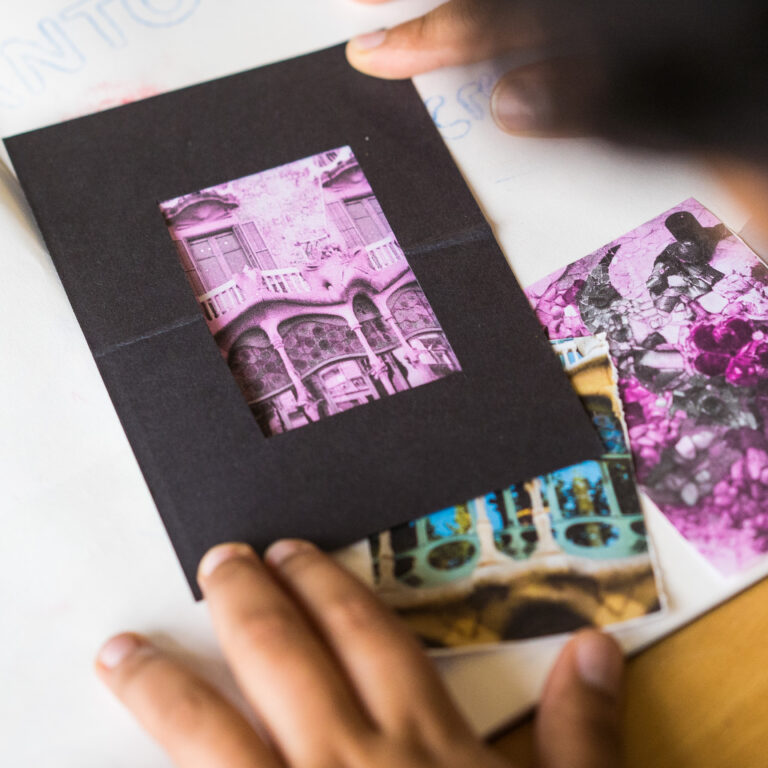The Year 8 art curriculum builds the foundation skills acquired in Year 7, developing knowledge of the formal elements (Line, Texture, Colour, and Shape), analysis of personal work and the work of others. The Year 8 curriculum closely follows the GCSE assessment objectives to ensure all students experience the expectations of an art GCSE course.
Students are taught to experiment and investigate different materials and processes. They are encouraged to explore their ideas and create their own artwork, whilst developing an ability to be self-critical and listen to constructive feedback from peers. The final term consists of a unit of work set out as mini-GCSE assignment. Students work through the GCSE Assessment Objectives and they produce a final assessment piece informed by work carried out over the unit, as would be expected at GCSE.
Autumn
Students will learn how to use different materials and techniques, recording how materials behave. We will be asking the question, “can art be a science?”
Spring
In the spring term, students will examine the work of different artists and learn about different art movements. Students will also explore how artists use for formal elements and research and record their personal responses.
Summer
Students create observation drawings from primary and secondary sources and learn how to use acrylic paints. In this term, final composition ideas are also developed and students further learn analysis and critical evaluation techniques.
Assessments
Autumn
Students refine their ideas through experimenting and selecting appropriate resources, media, materials, techniques and processes. The end of term assessment is based on the culmination of these experiments in a reference portfolio.
Spring
Students create a GCSE-style research page, conducting research into an artist and recording their personal responses to the artists’ work.
Students will use a variety of materials to explore a painting created by their chosen artist.
Presentation techniques will be assessed.
Summer
Students are given a theme (as they would at GCSE) and tasked with creating research materials in the form of observational drawings, which the students combine with drawings from secondary sources. These pieces of work are combined to create a composition for a final piece (painting on canvas using acrylic). The final piece and the preparatory work are used to form a final assessment.
Students are to record their ideas, observations and insights relevant to their intentions in visual and/or other forms. Students must present a personal, informed and meaningful response demonstrating analytical and critical understanding and realising intentions.
Homework:
Students are set homework every other week and they are expected to spend about an hour completing it. The homework encourages independent research, exploration of materials and personal responses to others’ work – which build on learning within the lesson and feeds into the following lessons.


